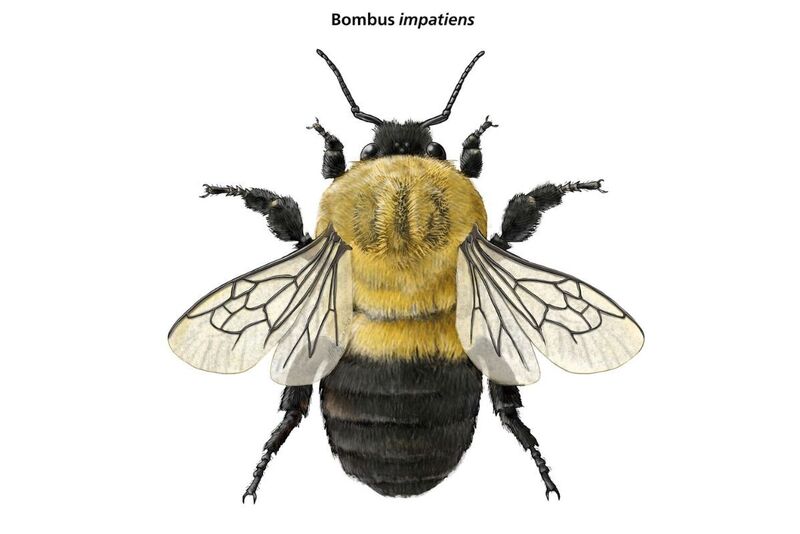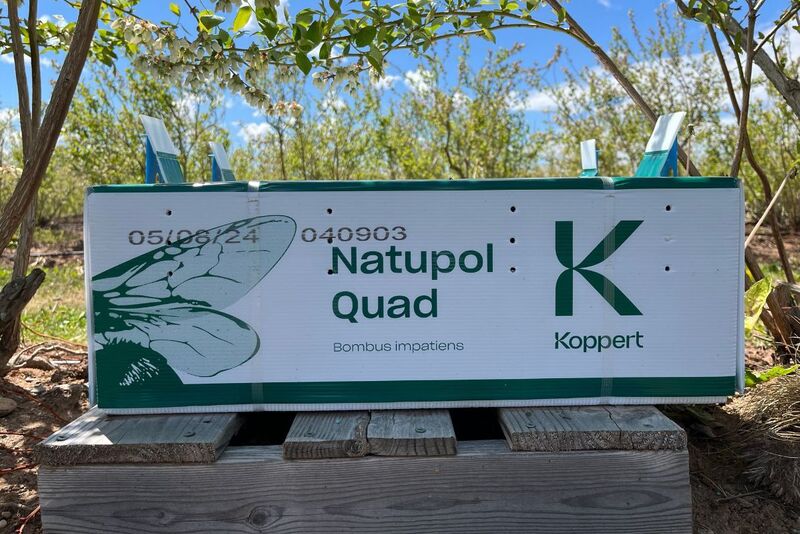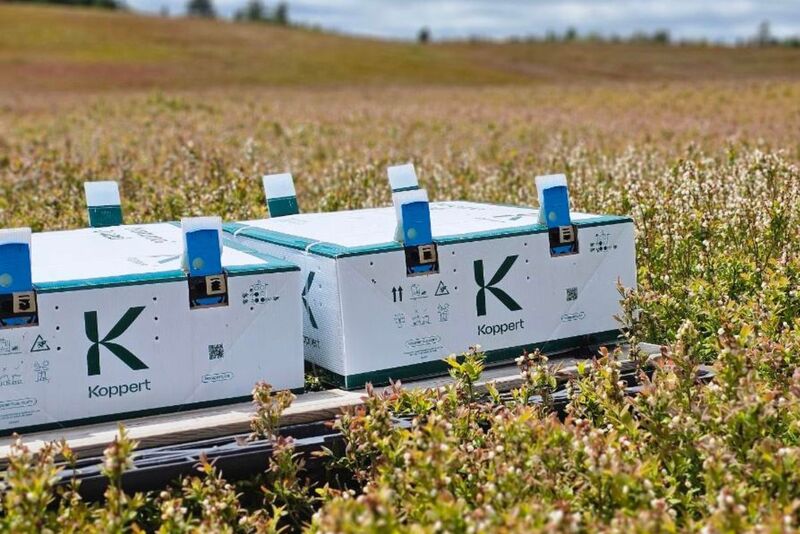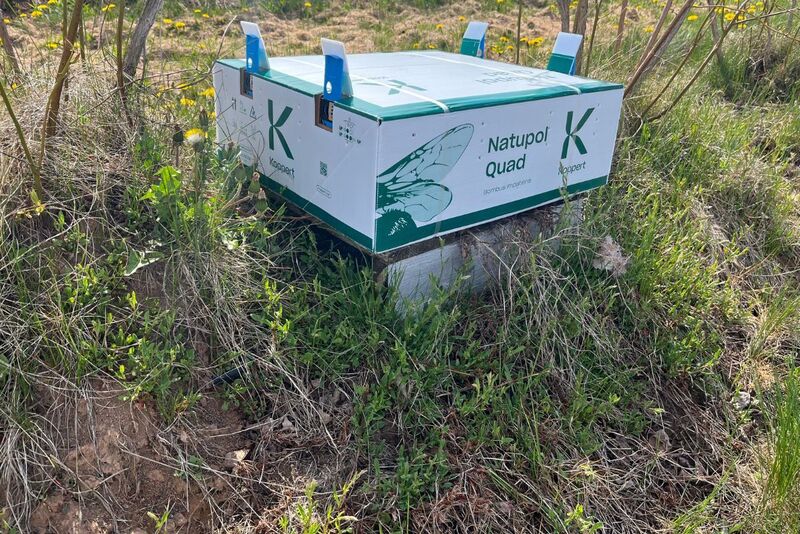Pollination over the last decade has become more of a concern for fruit crop growers due to a decrease in pollinators from pesticide use, monocropping, and colony collapse disorder.
Colony collapse disorder has had a wide impact on the availability of honeybee colonies across Canada, and increasingly, growers are turning to commercially lab reared bumblebee hives to fill this gap in their pollination needs.
Bumblebees are a pollinator that have co-evolved with native fruit such as blueberries and cranberries, while honeybees are imported species primarily from Europe. Due to this, bumblebees are much more adapted than honeybees to pollinating these crops in the cooler, wetter conditions that frequently occur in Canada.
Koppert is the largest producer in the world of bumblebee colonies. With over two decades of experience, delivering Bombus impatiens to outdoor fruit growers within Quebec, New Brunswick, Nova Scotia, PEI, and Ontario. As well as an addition of a western species bumblebee (Bombus vosnesenskii) to our product line in 2021, now allowing us to sell QUADS within British Columbia.

To ensure a high fruit yield, it is important to note that some fruit crops may need to be pollinated via cross-pollination (when varieties do not set fruit by their own pollen). Cross pollination only works if the cultivars are compatible. Other fruit crops may be self-fertile, however due to their flower structure, wind pollination is still not entirely sufficient.
Note: It has been shown that self-fertile plants without pollinators have a yield decrease of at least 10% and that introducing additional hives to the crop can increase crop yield 2-4X that of a self-fertilized plant.
We included a brief overview of the pollination mechanisms of each of Canada’s primary pollinator dependent fruit crop below:
- Blueberries: both lowbush (wild) and highbush types are self-pollinating, but pollinators increase fruit weight, due to increased pollen deposit from bees. They also get an additional yield boost from cross pollination between different cultivars.
-
Cranberries are self-compatible but require pollinators to transfer the pollen from the anther to the stigma.
- Haskap, Cherries and Apples are all self-incompatible, so they require cross pollinators to cross pollinate with other compatible cultivars.

Why bumblebees?
They carry a larger amount of pollen on their bodies than honeybees, due to having a bigger physique and higher amount of hair. This hair allows them to transfer higher deposits of pollen to flowers, maximizing fruit size and uniformity. Bumblebees will also on average visit twice as many flowers per minute than honeybees, having direct contact with the stigma, and visit flowers for a longer duration – 8 seconds compared to 2-3 seconds by the honeybees. They will fly at lower temperatures (8C), in worse weather (clouds/wind/rain) and work more hours per day because of this.
Bumblebees also pollinate via buzz pollination (sonication) something honeybees are unable to do. They do this by vibrating the flowers, rapidly moving their flight muscles without using their wings. This vibration releases pollen firmly held by the anthers maximizing the amount collected by the bee each visit to carry on to other flowers. Well pollinated crops ripen earlier, produce larger and higher amounts of fruit, improving grower profit.
Bumblebees work synergistically with honeybees adding an extra layer of pollination support to the crop. The QUADS just need to be separated by a minimum of 100 yards, otherwise the honeybees rob the bumblebee hives of reserves.

Stocking rates depend on the bloom density which can vary depending on age of crop and cultivar, but typically the rate is 1 QUAD per 1-2.5 acres. Bumblebees will not drift to neighboring fields the way honeybees do.
Overall, it has been observed that the best option for a grower is to use both honeybees and bumblebee hives together in the same field. Honeybees for their mass numbers and bumblebees to maximize pollination in adverse weather conditions.
Each Koppert QUAD contains four lab reared bumblebee colonies specifically designed for the outdoor pollination of fruit crops. We guarantee QUAD delivery, provided we are given a minimum 12-week order lead time. All QUADs are independently certified to be free of pests & diseases.
The best time to order QUADs is between December & January for the next growing season.
